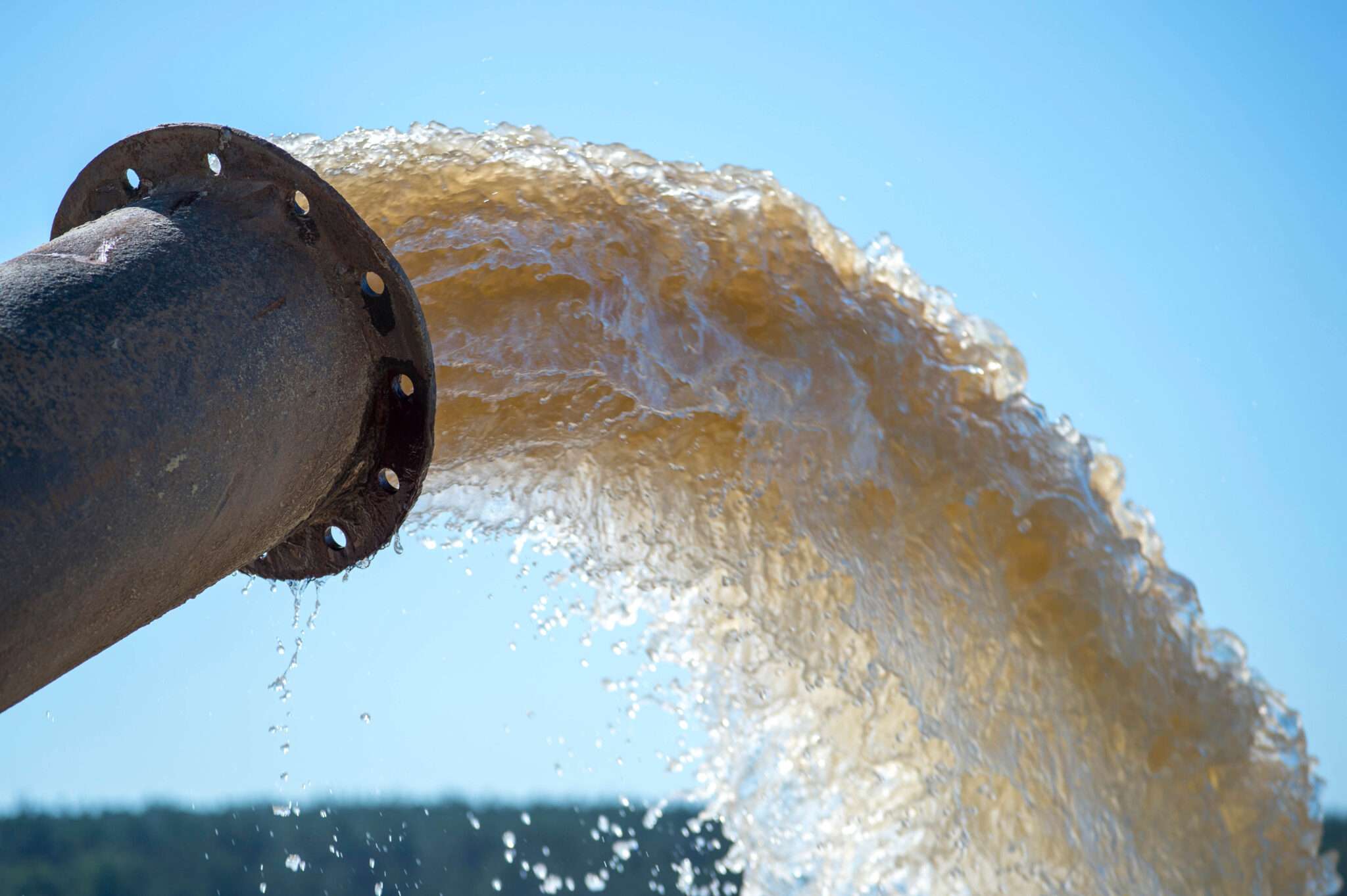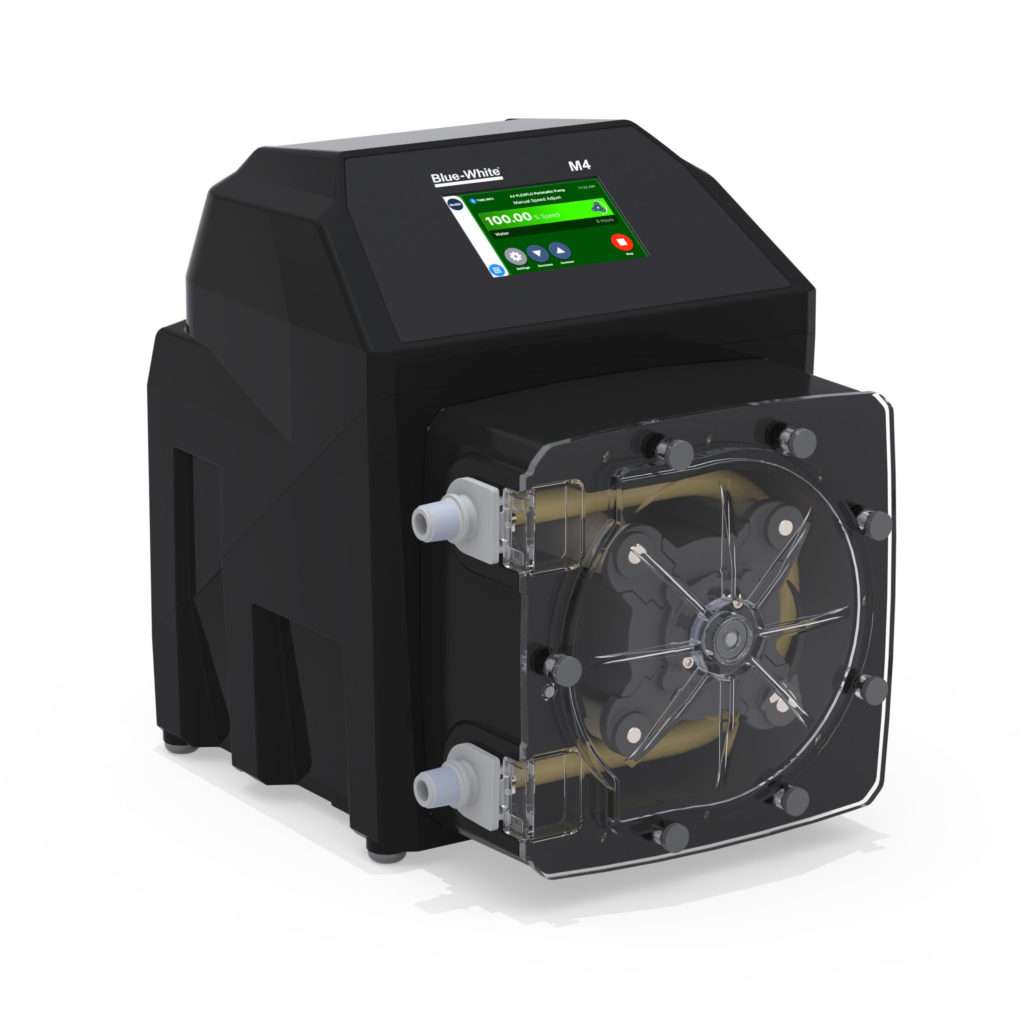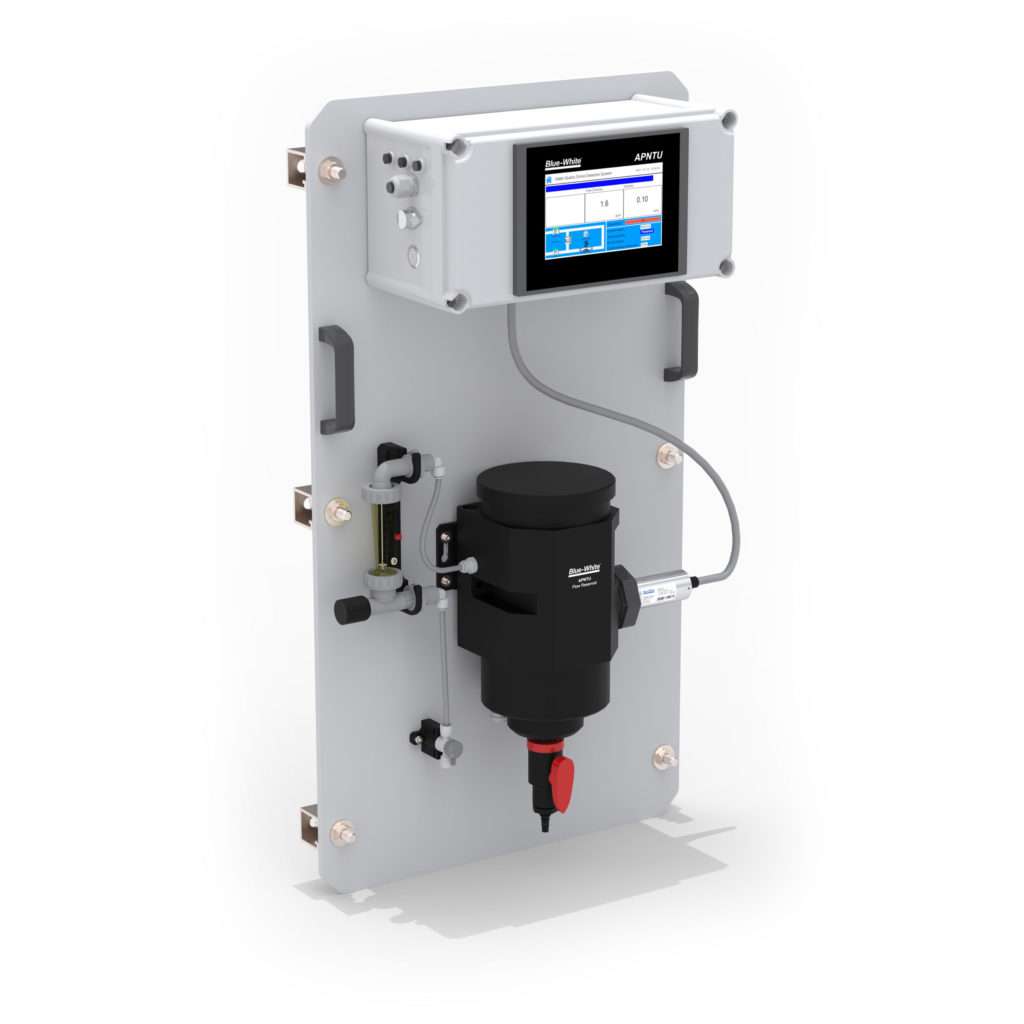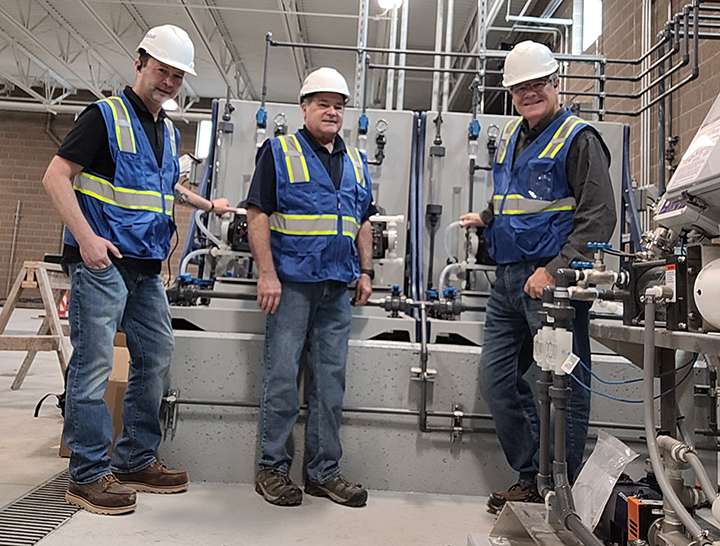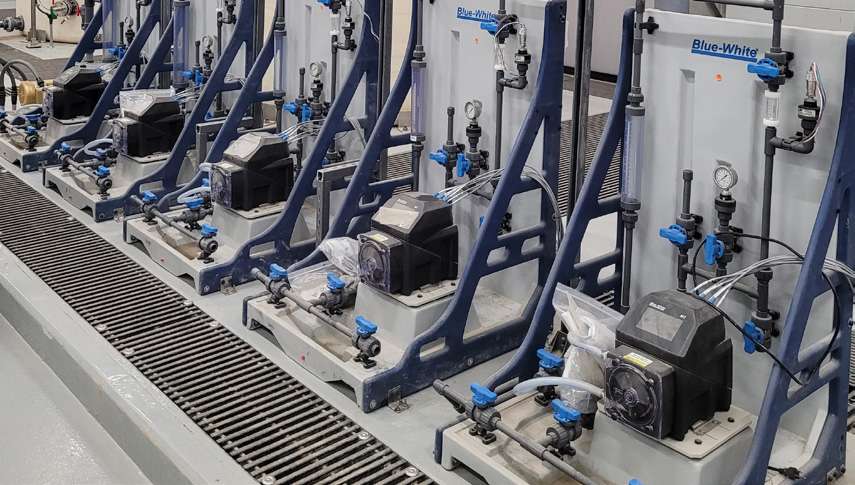Turbidity is a measure of how clear water is (or isn’t). It’s a simple and intuitive property of water and one of the few that can be observed without instruments. As easy as it may be to observe turbidity, the relationship between turbidity and water quality is not straightforward. This article will clarify the essential aspects of turbidity, how it can affect human health, and how best to measure and mitigate it.
What Is and Is Not Turbidity
Turbidity is caused by high concentrations of particulate matter that affect the transparency of water, such as dirt, minerals, proteins, oils, or microorganisms like algae. While some water sources are naturally more turbid than others, turbidity levels can change over time. Stormwater or agricultural runoff, erosion, and more can cause source water to become more turbid. Although turbid water is likely to taste different due to the suspended particles, water can experience change in taste with or without an increase in turbidity. Similarly, new or unwanted odors can manifest in both clear and turbid water, yet it’s possible for turbid water to have no noticeable change in smell.
Turbidity is also distinct from color. The latter is generally the result of dissolved organic material or high concentrations of certain minerals, such as iron oxide. Similar to taste and odor, contaminants that cause turbidity can also cause coloration and vice versa. However, the two are technically different.
Perhaps the most important relationship to understand is between turbidity and total suspended solids (TSS). Higher TSS almost always correlates to increased turbidity. However, the relationship isn’t one-to-one. Different types of solids will have a greater or lesser impact on overall turbidity. Still, when instrumentation shows higher-than-acceptable levels of turbidity, it means that TSS has likely also increased.
The Role of Turbidity In Drinking Water
While turbidity-causing matter is not always harmful to drink, it can provide food for pathogens, including bacteria, viruses, and protozoa such as Cryptosporidium and Giardia lamblia. This allows such pathogens to reproduce to potentially dangerous levels.
In addition, turbidity can reduce the effectiveness of disinfection efforts in a number of ways. Firstly, the sediment can provide shelter to pathogens, preventing disinfection molecules (i.e., chlorine) from reaching and killing them. Secondly, a portion of the disinfectant molecules may react with sediment particles instead of pathogens. Thirdly, if the turbidity-causing particles are organic, they may form disinfection byproducts such as trihalomethanes, which themselves can be harmful to humans.

How To Reduce Turbidity
Many filtration systems that remove particulate matter can reduce turbidity. Larger water treatment plants (WTPs) may use sedimentation and flocculation tanks. Smaller WTPs can achieve good results with pleated cartridge, sand, or other media filters.
Flocculant and Coagulation polymers are used to aid in the removal of solid particles. Flocculants separate solid content in the wastewater from the liquid content. A coagulant combines small particles to form larger chain particles. These polymers change the charge of the particles so that they will combine rather than repel other particles. The resulting long chain polymers will form a thick sludge and settle to the bottom. Blue-White’s FLEXFLO® M4 Peristaltic Metering Pump will deliver a smooth, gentle feed that will not damage long chain polymers. Operators will always know they are dosing the correct amount of chemical with the highly responsive and easy to read 5” touchscreen display. The LCD screen features easily recognizable icons, is highly intuitive and can be operated even while wearing work gloves. The M4 is equipped with the latest Communication Protocols and is designed to be fully upgradeable in the future.
How To Measure Turbidity
The U.S. EPA standardizes turbidity measurement under Method 180.1, Determination of Turbidity by Nephelometry. Nephelometric technology measures light scatter at a 90-degree angle from the initial light path. Turbidity is represented using nephelometric turbidity units (NTU). The EPA rules require that water from any individual filtration line maintain a turbidity reading of < 0.15 NTU (although WTPs often aim much lower than this), with any exception lasting no longer than 15 minutes. The final effluent stream must maintain a turbidity reading of < 0.30 NTU, without exception.
While measurement metrics are standardized, not all turbidimeters use the same technology. For example, many turbidimeters use membrane technology in the measurement process. These membranes can be prone to fouling which in turn can give off false readings. Cleaning turbidimeter membranes requires spraying them with cleaning chemicals under high pressure, which can be time-consuming and difficult. Fouled membranes often need to be replaced, which adds an unnecessary cost.
It’s also important to ensure that air bubbles do not interfere with the measurement. As such, it is critical that any turbidimeter have a sample-calming reservoir to allow for dissipation of air or foam.
Turbidity is a simple concept that is, more often than not, simple to measure and address. With the right combination of knowledge and technology, operators can keep turbidity low and deliver safe, clean drinking water to their customers.
Blue-White’s® Ultra Low Turbidity Water Analyzers
Blue-White’s Turbidity Analyzers are accurate, simple to install, and low maintenance. The Analyzers are offered in two models for measurement of turbidity in clean water applications. The APNTU Online Turbidity Analyzer measures ultra-low turbidity. The APH2O Multi Parameter Online Analyzer measures ultralow turbidity, as well as free chlorine, pH, and temperature.
The flow reservoir is designed to dissipate air bubbles and settle suspended solids for the highest level of turbidity resolution on the market with no false readings.
These analyzers present a turn-key solution for your clean water application. Each is shipped board mounted with handles included for easy installation and quick startup. The UT700 Ultra-Low Turbidity Sensor is factory calibrated with a stability of <0.02 NTU for up to one year.
The TS10 Display is a 7” LCD color industrial capacitive touch screen. Each analyzer has built-in 4GB of RAM/one million data records and are EPA 180.1 compliant.
Blue-White’s Analyzers are a highly accurate, real-time measurement solution.
Written by:
Blue-White® Industries
714-893-8529
